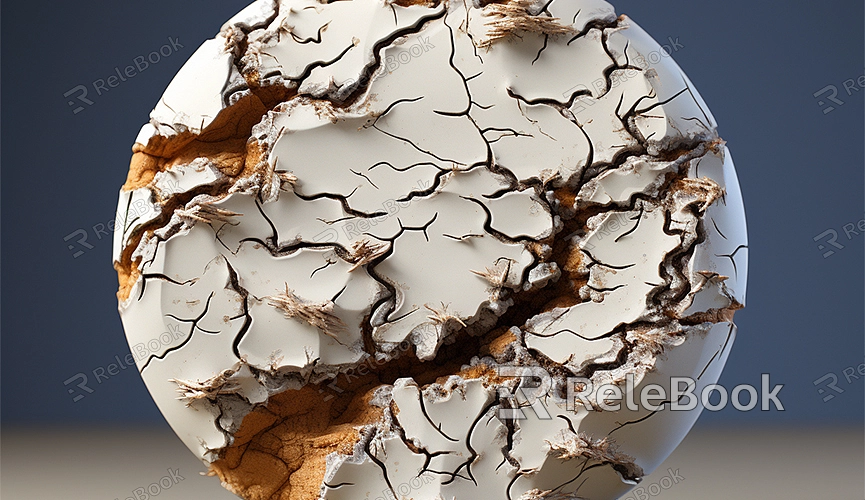Varieties of 3D Architectural Textures
In 3D architectural design, textures play a crucial role in rendering models with realism and enhancing their visual appeal. They make architectural model renderings more realistic, lively, and provide a rich experience in terms of texture and detail. Here are several common types of 3D architectural textures that offer diverse appearances and ambiance to architectural models, allowing these textures to enhance the realism and intricacy of renderings.

1. Brick Wall Texture
The brick wall texture is a common texture in architectural models. It presents various types of bricks, including different colors, shapes, and textures. Using brick wall textures, architectural models can portray a sense of history and tradition, as well as exhibit a modern, fresh appearance.
2. Wood Texture
Wood textures bring a sense of nature and warmth to architectural models. Different wood grain textures can present various styles, ranging from classical to modern, from raw to smooth. Wood textures are commonly used for floors, walls, and structural elements, adding texture and quality to buildings.
3. Glass Texture
Glass, a common element in modern architecture, offers diverse and rich textures. Glass textures can have properties like transparency, frosted effects, reflections, creating different lighting effects. They enhance the modernity of a building while providing a visual of light passing through.
4. Concrete Texture
Concrete texture is a hallmark of modern architecture. Its rough surface texture and varying degrees of detail present different styles—smooth, matte, or slightly flawed. Concrete textures impart strength and modernity to buildings.
5. Metal Texture
Metal textures add a sense of technology and futurism to architecture. They can be bright, reflective, or have different textures and colors. Metal textures often appear on the exterior walls, decorative elements, and detailing of modern architecture.
6. Grass/Plant Texture
Grass and plant textures bring naturalness and vitality to architectural models. These textures can simulate various vegetation, including trees, lawns, shrubs, creating a natural atmosphere and ecological feel around buildings.
These 3D architectural textures are crucial in giving architectural models vivid and detailed appearances during the modeling process. They can be combined and adjusted based on design objectives, scene requirements, and personal creativity to create diverse, distinctive, and charming architectural models. You can download more high-quality 3D textures from Relebook.

